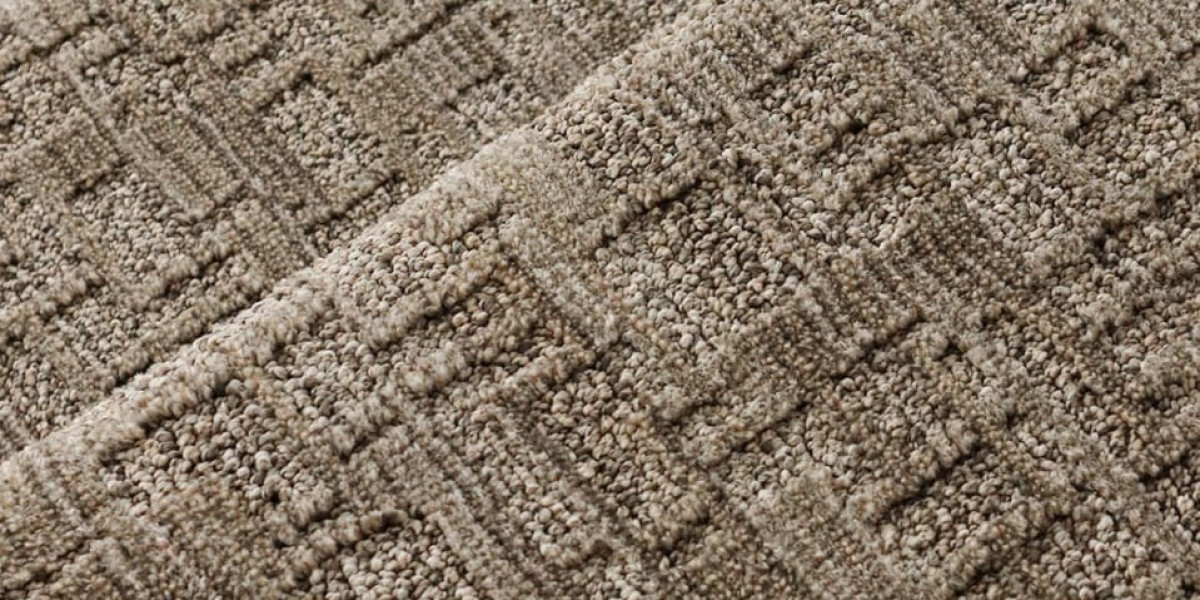A carpeted basement can be a fantastic way to add warmth, comfort, and a sense of hominess to an otherwise cold and utilitarian space. Whether you're turning your basement into a family room, home theater, or even a home office, the right carpeting can enhance the aesthetic and function of the room. However, keeping the carpet clean and in good condition can present unique challenges due to the basement's tendency to have higher humidity levels. In this article, we will explore creative ways to transform a carpeted basement into an inviting space while addressing maintenance and care.
1. Benefits of a Carpeted Basement
A carpeted basement offers several advantages, especially if you're looking to create a space that feels warm and inviting. Here are some of the key benefits:
- Sound Insulation: Carpets absorb sound, which can reduce echoing, making a basement more acoustically comfortable, especially for a home theater or music room.
- Comfort and Warmth: Carpeting adds an extra layer of warmth, which is particularly helpful for basements, often prone to being cooler than the rest of the house.
- Aesthetic Flexibility: Carpets come in various styles, colors, and patterns, giving you a wide range of options to match your design vision.
2. Choosing the Right Carpet for Your Basement
Not all carpets are ideal for basement environments. Since basements can be more humid, choosing the right material is crucial to ensuring longevity and durability.
- Synthetic Fibers: Materials like nylon, polyester, or olefin are resistant to moisture and mold, making them great options for basement carpeting.
- Low-Pile Carpets: Low-pile or tightly woven carpets tend to hold up better in basements as they are less likely to absorb moisture or develop mildew compared to high-pile or shag carpets.
- Waterproof Carpet Padding: Don't overlook the importance of padding. Waterproof or moisture-resistant padding can prevent mold and mildew growth.
3. Design Ideas for Carpeted Basements
Once you’ve chosen the right carpet, it’s time to think about how to design the space. A carpeted basement provides numerous opportunities to create a cozy and functional environment.
- Home Theater Room: Plush carpet and dark, rich tones (like navy or charcoal) can create a cinematic atmosphere. Consider adding area rugs for added comfort and sound control.
- Home Gym: Low-maintenance, durable carpets with moisture-resistant padding can provide comfort for floor exercises and workouts. Bright colors can help make the space feel more energizing.
- Living Room or Playroom: For a family-oriented basement, choose bright or neutral carpeting that complements colorful furniture and playful decor.
- Office or Study: If you’re creating a home office or study, a more neutral, professional-looking carpet—like a berber style—can lend a refined touch while still providing comfort.
4. Maintaining Your Carpeted Basement
A basement’s carpet will require extra attention to keep it in pristine condition, especially with the higher humidity levels and potential for spills and stains.
- Regular Vacuuming: Dust and dirt can quickly accumulate, especially in a basement environment. Make sure to vacuum your carpet at least once a week to keep it clean and extend its lifespan.
- Dehumidifiers: Basements tend to have more moisture, which can damage carpets over time. Using a dehumidifier can help control the humidity and keep mold at bay.
- Professional Cleaning: Professional carpet cleaning every 6-12 months can remove deep-set dirt and maintain the look and feel of your carpet.
- Spot Cleaning: For spills, it’s important to clean them as soon as possible. Blot the stain with a clean cloth and use a mild cleaning solution appropriate for carpet.
5. Dealing with Basement Moisture and Humidity
Moisture can be the biggest challenge when it comes to maintaining a carpeted basement. Here are some proactive steps to protect your carpet:
- Waterproofing: Consider waterproofing your basement walls and floors to prevent water from seeping in.
- Seal Cracks: Seal any cracks in the basement’s walls or floor to minimize moisture infiltration.
- Proper Ventilation: Ensure your basement has adequate ventilation to allow moisture to escape, particularly if you plan to use the basement as a living space.
- Area Rugs: If you don’t want to fully carpet your basement, using large area rugs can create the same effect without the hassle of cleaning wall-to-wall carpet.
Conclusion
A carpeted basement can be a beautiful, functional, and comfortable addition to your home when designed and maintained correctly. By choosing the right materials, considering the basement's unique environment, and taking proactive steps to address humidity, you can create a cozy space that’s perfect for family gatherings, relaxation, or even work. With a little care, your carpeted basement can become the ultimate retreat in your home.



